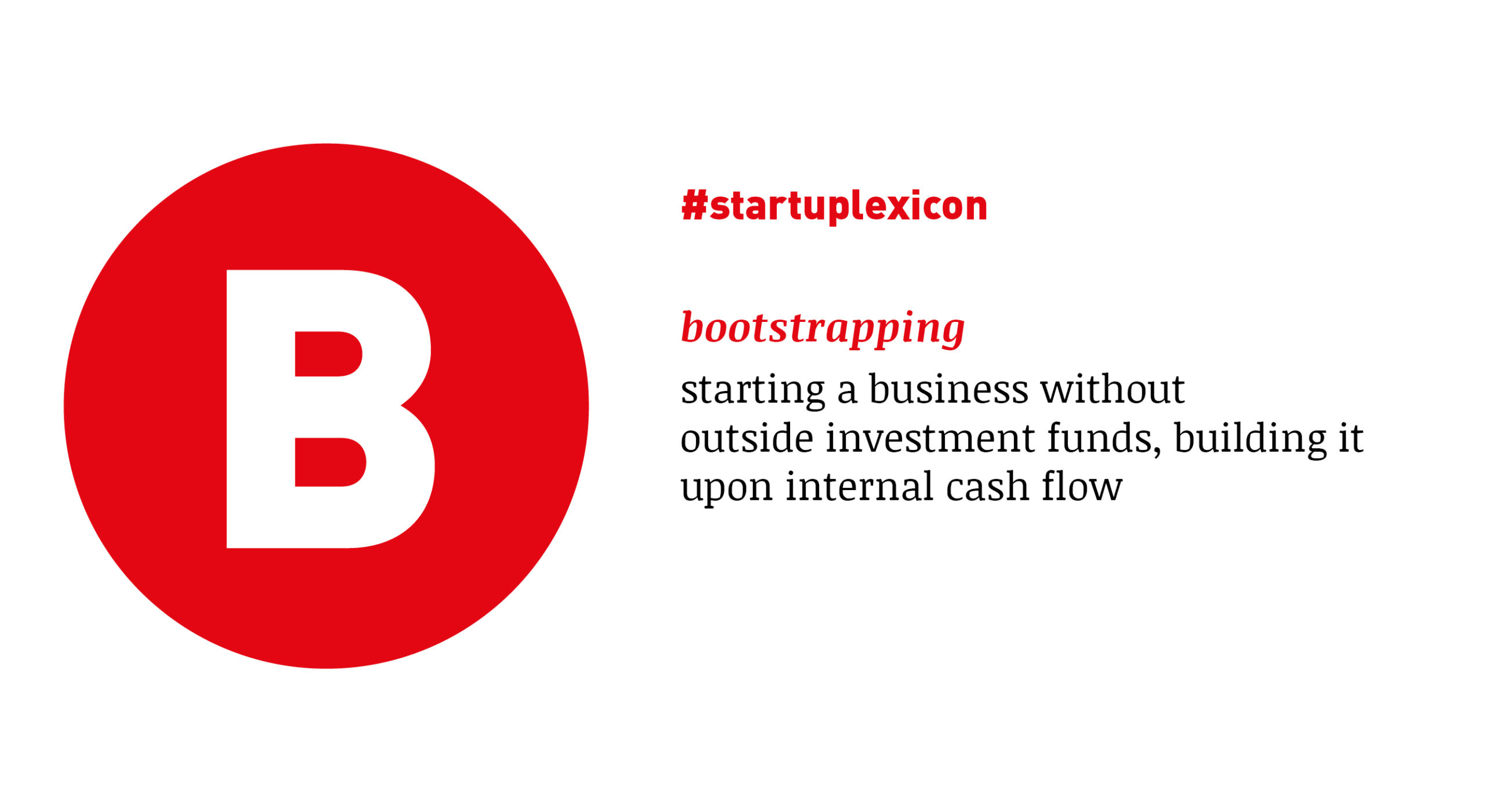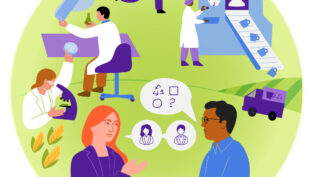
Size does matter
Written by
Tiny tags that help biologists answer the big questions
Piloting with studies on bats, electrical engineer Niklas Duda developed miniature tags for a multi-functional wireless system that can trace almost anything from proximity to wingbeat while being extremely lightweight and energy efficient. His PhD idea caught the attention of biologists, who were interested in buying his unique system. Before he knew it, he had customers for a company that didn’t exist – yet! He took a leap of faith and has since been working as a one-man-show on perfecting his product Dulog for market launch.
Why do we track bats?
One aspect is that bats play an important role in their ecosystems. For instance, they pollinate plants. By tracking them, we learn how bats affect and benefit agriculture and vice versa. Another aspect is that bats can carry many different viruses – not only the Coronavirus. They can have Ebola, many different SARS-viruses, rabies … Because of their great immune system, they are not heavily affected and thus continue spreading these diseases. If we understand their social interactions better, we can better predict or even prevent the transmission of diseases among animals and ultimately to humans.
Having said that, bats have an interesting social structure. They have friends and family, similar to humans. Our studies show that, even if separated for years, befriended bats still find and reconcile with their old pals. They can recognise related bats, even if they were born in different colonies. If a bat displays symptoms of a disease, bats do social distancing – they are smart enough to separate sick individuals.

How is Dulog helping biologists to understand these interactions better?
There are not many systems designed to track small animals, and I designed a tiny tag specifically for them. Only 5% to 10% of the body mass is an acceptable tag weight – if heavier, it affects the animal too much. The tag is put into a plastic case, which is then glued to the back of the bat. The core functionality of my system is the proximity tracking, meaning the tags exchange beacons in a fixed interval. With those beacons one can a) detect that an animal is close and b) how close the animal is. I can also add functionalities to measure the heartbeat of the bat. It tells you if the bat is just hanging somewhere, if it is stressed out, or if it is flying. I can add an air pressure sensor that tells you how high the animal is flying. The hardware is quite flexible, and I can quickly change the design. The software should become adaptable as well, which is a work in progress.

What are the benefits of this modular system as opposed to a “one tag fits all” solution?
The energy needs to be used as efficiently as possible, which is why the functionalities can be adapted to the research question. The tag’s battery is very cheap, but also 200 times smaller in capacity than a regular smartphone battery. If measuring flight height is important, it is worth spending that energy. If the tag is used only for proximity sensing, you can disable everything else and save energy, allowing for a longer battery life. The system allows for various combinations of functionalities and yet be very lightweight at the same time.
And when the battery dies …
… you recharge or replace it – the tag itself can be reused infinitely. After around two weeks, the glue loosens, and the tags just fall down. The bats I research stay mostly in the same places, they have their two or three roosts where they spend most of the day. Chances are high that the tags fall down inside the roost, so they can be collected from the ground.
Is there a potential application beyond research on animals?
If I had finished my product already, my tags would have been very useful for contact tracing during the Corona crisis. The German Corona app works in similar ways – just that my tags are significantly smaller than a smartphone. I also mentioned that the tracking system is flexible, so you could focus on other aspects, such as orientation sensing, and put the tags on packages for customers to track their package during shipping. It is a competitive market, but an application where Dulog tags can potentially be useful.

When did you realise that your research could become a product?
At some point I started receiving requests from biologists who had read my papers, asking me how they could buy the system I am building. One particular customer from the U.S. contacted me with a request for a system that was more energy-efficient than the one they were using at the time. Without any marketing I had a product with many potential customers – which is a good position to start from! I said to myself that if I had a few of these customers per year, I should be able to maintain a business, so I decided to start a spinoff from my research. In February I founded Dulog.
… roughly half a year after you participated in the Young Entrepreneurs in Science workshop in Nuremberg. Has the workshop helped you to take the next step?
At that point I already had the idea and there was a market demand, so it made sense to start a company – but I wasn’t really sure, yet. Many of the biologists I worked with encouraged me to do it – I mean, of course, because they would benefit directly! It was all the more motivating to receive feedback from non-engineers at the workshop. Luckily, I had the chance to work on my topic together with another participant to explore its potential. That gave me many ideas what the product could look like, because we talked a lot about possible applications beyond my own research question. A big lesson I took away from the workshop was how to pitch in a less technical and more entertaining way, to engage people outside of my research field with my idea.
What is next for Dulog?
At least for now, I will continue to bootstrap everything. This year has been tough because of the travel restrictions that affected me and my customers, but I managed to initiate some smaller projects with biologists and have a few pilot studies with other animals in place to broaden the market niche. I now hold a part-time position at the research institute, which gives me more time to focus on the company. However, I am currently working on finishing my PhD thesis, which means that I spend my evenings and weekends to learn about export regulations and all the other things I need to take care of for the company. It would be good to have another person with me, but my plan is to be able to pay myself and then grow, so that at one point I am able to pay another person •






